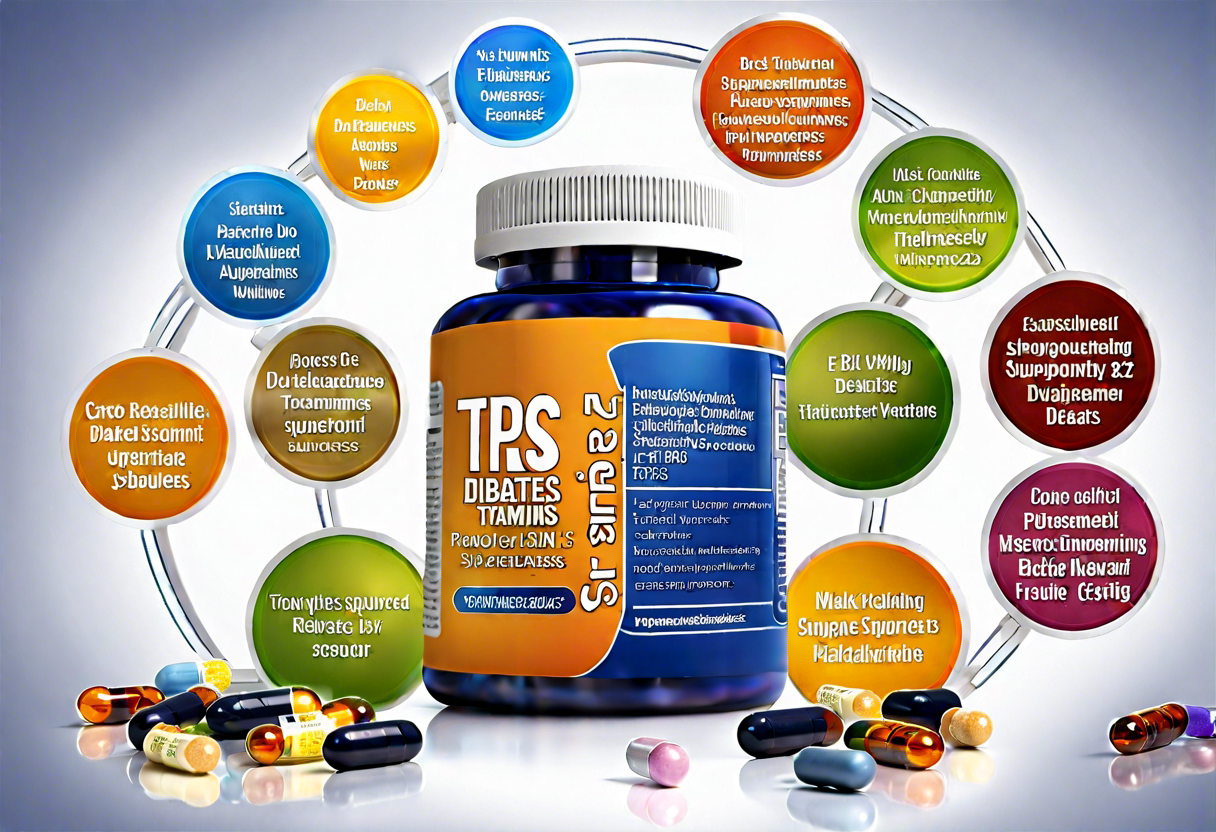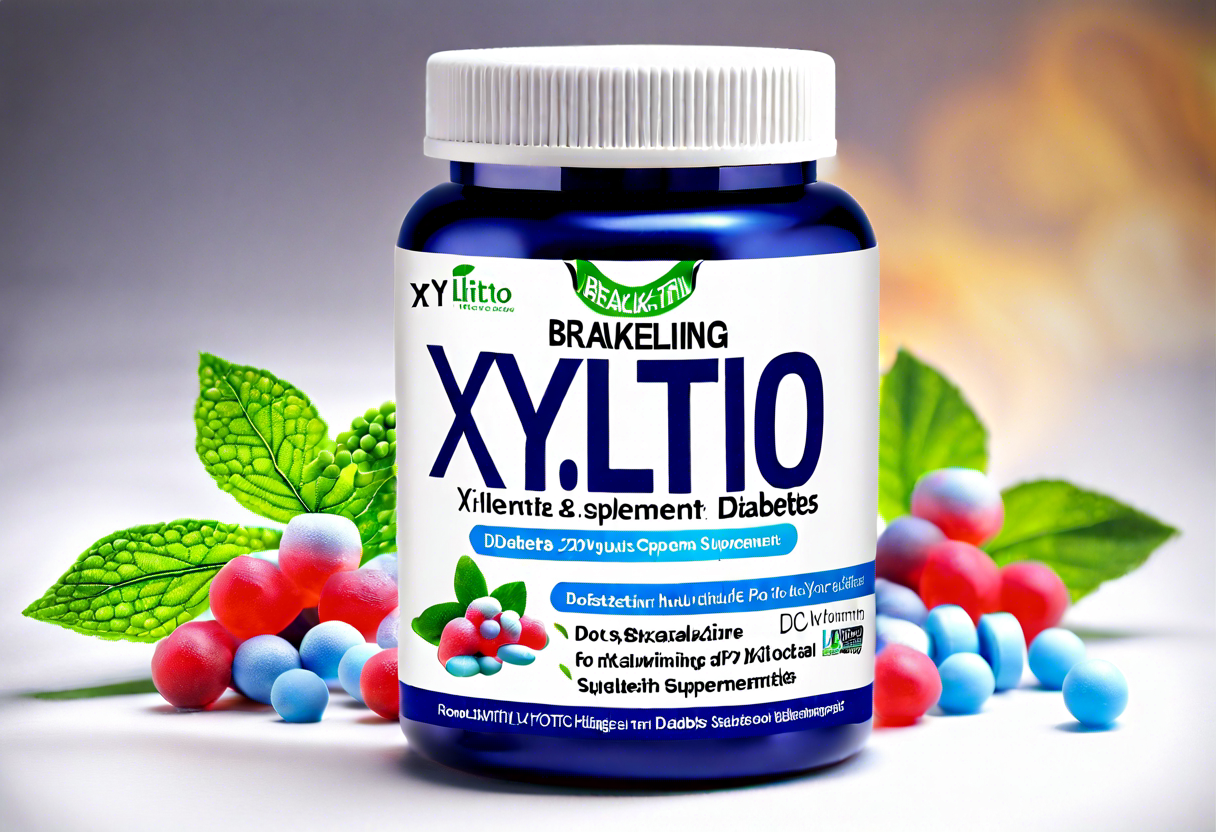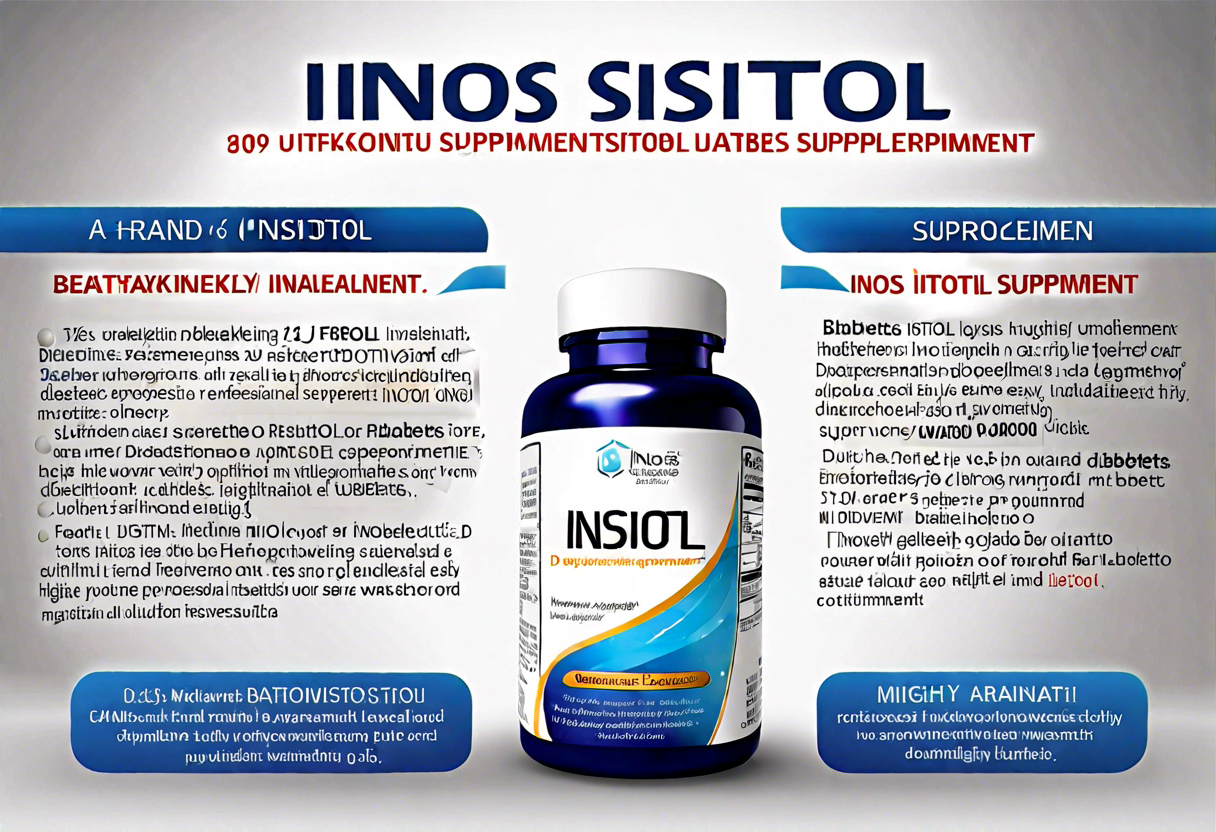The Science Behind Ketosis and Its Role in Weight Loss
When it comes to losing weight and improving overall health, many people turn to the ketogenic diet. Ketosis is the metabolic state in which the body primarily relies on fat for energy instead of carbohydrates. This shift occurs when carbohydrate intake is significantly reduced, forcing the body to burn stored fat for fuel.
So, how does ketosis work? When you consume fewer than 50 grams of carbohydrates per day, the body seeks an alternate fuel source. In the absence of carbohydrates, your liver breaks down fats into ketones, which can be used for energy by the brain and other organs. This metabolic state of ketosis allows for efficient fat burning and can lead to weight loss.
One of the primary reasons the ketogenic diet is effective for weight loss is that it helps control hunger and appetite. When you eat a high-carbohydrate meal, your blood sugar levels spike, and insulin is released. This hormonal response can lead to overeating and subsequent weight gain. However, the low-carb nature of the ketogenic diet stabilizes blood sugar levels and reduces cravings, making it easier to adhere to a calorie deficit and achieve sustainable weight loss.
Moreover, the ketogenic diet has been shown to increase the production of ketone bodies, which have several beneficial effects on the body. Ketones act as signaling molecules that modulate gene expression and promote cellular health. They also provide a more stable and consistent source of energy compared to glucose, which can fluctuate and lead to energy crashes.
Furthermore, entering ketosis can have positive implications for overall health. Studies have indicated that the ketogenic diet may improve insulin sensitivity, reduce inflammation, and even have therapeutic effects on epilepsy and certain neurodegenerative disorders.
While the ketogenic diet can be highly effective for weight loss and overall health, it’s essential to follow it correctly to achieve and maintain ketosis. This involves consuming a high-fat, moderate-protein, and low-carbohydrate diet. Foods rich in healthy fats, such as avocados, olive oil, nuts, and seeds, should be prioritized, while starchy and sugary foods should be limited or avoided.
Ketosis is a metabolic state that occurs when the body is primarily fueled by fat instead of carbohydrates. It promotes weight loss, controls hunger and cravings, and offers several health benefits. By adhering to a well-formulated ketogenic diet, individuals can achieve and sustain ketosis, leading to improved body composition and overall well-being.
Understanding the Role of Macronutrients in Achieving Ketosis
When it comes to entering ketosis, understanding the role of macronutrients is crucial. Macronutrients, also known as macros, are the three major components of our diet: carbohydrates, proteins, and fats. Manipulating these macros correctly can help you get into ketosis faster and more effectively.
To achieve ketosis, you need to restrict your carbohydrate intake to a minimum. Carbohydrates are the body’s primary source of energy, and when you consume them in large amounts, your body will use them as fuel instead of tapping into its fat stores. By reducing your carb intake to typically less than 50 grams per day, you force your body to seek an alternative energy source.
In the absence of carbohydrates, your body turns to fats for energy. This metabolic state, known as ketosis, occurs when your liver begins to break down fats into ketones, which are then used as fuel by your brain and muscles. To support this process, it’s important to increase your intake of healthy fats. Avocados, nuts, seeds, coconut oil, and olive oil are excellent sources of healthy fats that can help you get into ketosis faster.
While fats are vital for entering ketosis, you also need to moderate your protein consumption. Too much protein can potentially kick you out of ketosis as your body can convert excess protein into glucose through a process called gluconeogenesis. Stick to moderate protein intake to prevent this from happening. Good sources of protein include lean meats, poultry, fish, and tofu.
Tracking your macronutrient intake is essential for ensuring you stay within the keto limits. Use a food diary or a mobile app to monitor your carb, fat, and protein intake. This can help you make adjustments to your diet if needed, ensuring you stay on track and in ketosis.
Understanding the role of macronutrients is crucial when aiming to achieve ketosis. By minimizing your carb intake, increasing healthy fat consumption, and moderating protein intake, you can effectively transition into ketosis. Remember to track your macros to ensure you are staying within the appropriate ranges. Stay committed and consistent with your ketogenic diet, and you will soon reap the benefits of ketosis.
For more information on macronutrients and the ketogenic diet, please visit KetoConnect or Ketogenic.com.
Fastest Way to Get into Ketosis: Effective Meal Planning and Food Choices
When it comes to getting into ketosis quickly, effective meal planning and making the right food choices are essential. By following a strategic approach, you can optimize your body’s transition into ketosis and start reaping the benefits of this metabolic state sooner rather than later.
One of the key components of a successful ketogenic diet is controlling your macronutrient intake. By significantly reducing your carbohydrate consumption and increasing your fat intake, you force your body to shift from using glucose as its primary fuel source to using ketones produced from fat as an alternative energy source. This process can typically take 2-7 days, but there are ways to speed it up.
To accelerate your entry into ketosis, it’s crucial to limit your net carbohydrate intake to around 20-50 grams per day. This means not only avoiding high-carb foods such as bread, pasta, and sugary snacks but also being mindful of hidden carbs in certain vegetables and condiments. Opt for low-carb vegetables like leafy greens, broccoli, and cauliflower, and choose healthy fats like avocados, coconut oil, and nuts to fuel your body.
Additionally, incorporating high-quality protein sources into your meals is vital for maintaining muscle mass and overall health. While protein should be consumed in moderate amounts on a ketogenic diet, it’s important to choose lean and clean sources such as poultry, fish, and tofu. These options provide necessary amino acids while minimizing the intake of carbohydrates.
In terms of meal planning, it can be helpful to batch cook and prepare your meals in advance. This way, you can ensure you have keto-friendly options readily available and avoid the temptation of reaching for convenient but high-carb foods. Aim to create meals that are rich in healthy fats, moderate in protein, and low in carbohydrates.
Moreover, incorporating intermittent fasting into your routine can be an excellent way to expedite the process of entering ketosis. By extending the period of time in which you don’t consume any calories, you deplete your glycogen stores more quickly and encourage your body to switch to fat burning mode. Start by gradually increasing the duration of your fasting window, and be sure to stay adequately hydrated during this time.
To effectively monitor your progress and make necessary adjustments, it’s advisable to track your ketone levels. This can be done through urine, blood, or breath testing. By regularly measuring your ketone levels, you can determine whether you have successfully entered ketosis and adjust your diet accordingly. Various devices and testing kits are available to help you with this process.
The fastest way to get into ketosis involves strategic meal planning and making the right food choices. By minimizing carbohydrate intake, focusing on healthy fats and lean proteins, and incorporating intermittent fasting, you can accelerate your body’s transition into ketosis. Remember to track your ketone levels and make adjustments as needed. With commitment and proper guidance, you can achieve ketosis quickly and start experiencing the numerous benefits it offers.
For more information on meal planning and ketogenic diets, visit KetoDietApp.com.
The Benefits of Intermittent Fasting for Speeding Up Ketosis
Intermittent fasting has gained popularity in recent years as a powerful tool for accelerating the process of entering ketosis. By strategically timing your meals and fasting periods, you can effectively increase your body’s ability to burn fat and transition into a state of ketosis more quickly.
One of the key benefits of intermittent fasting is its ability to deplete glycogen stores in the body. When you consume carbohydrates, they are broken down into glucose, which is then stored in your liver and muscles as glycogen. During a fasting period, your body’s glycogen stores become depleted, and it is forced to seek alternative fuel sources. This metabolic shift promotes the breakdown of stored fat, leading to increased ketone production and faster entry into ketosis.
Another advantage of intermittent fasting is its ability to regulate insulin levels. When you consume carbohydrates, your body releases insulin to help transport glucose into your cells for energy. However, consistently high levels of insulin can hinder the breakdown of fat and slow down the ketosis process. By incorporating intermittent fasting, you can lower insulin levels, allowing your body to access stored fat more easily and kickstart ketosis.
Moreover, intermittent fasting can enhance autophagy, a cellular repair process that occurs during periods of fasting. During autophagy, damaged cells and cellular waste products are removed, promoting overall cellular health. This process can support the transition into ketosis by optimizing the functionality of your cells and enhancing their ability to utilize ketones as an energy source.
To incorporate intermittent fasting effectively, there are different fasting protocols you can choose from. One popular method is the 16/8 fast, where you fast for 16 hours and restrict your eating window to 8 hours. Another approach is the 5:2 fast, where you eat normally for five days and restrict your calorie intake to 500-600 calories on two non-consecutive fasting days. Experiment with different fasting methods to find the one that suits your lifestyle and goals best.
It’s important to note that intermittent fasting may not be suitable for everyone, especially those with certain medical conditions or who are on specific medications. If you have any concerns or medical conditions, it’s always best to consult with a healthcare professional before starting any fasting regimen.
Intermittent fasting is a powerful strategy for accelerating the process of entering ketosis. By strategically timing your meals and incorporating fasting periods, you can deplete glycogen stores, regulate insulin levels, promote autophagy, and ultimately fast-track your body’s transition into ketosis. Remember to listen to your body, choose a fasting protocol that works for you, and consult with a healthcare professional if necessary. Start reaping the benefits of intermittent fasting and supercharge your journey towards achieving ketosis quickly.
Related Websites:
Tracking Ketone Levels for Optimal Ketosis
Maintaining optimal ketosis is essential for those following a ketogenic diet. By tracking ketone levels, individuals can assess their progress and make necessary adjustments to their diet to achieve their desired state of ketosis. Several methods can be used to measure ketone levels, allowing individuals to fine-tune their diet and maximize the benefits of ketosis.
One of the most accurate ways to track ketone levels is through blood testing. This involves using a specialized meter and test strips to measure the concentration of beta-hydroxybutyrate (BHB) in the bloodstream. Blood testing provides real-time results and is often considered the gold standard for ketone measurement. Although it may be more invasive and costly than other methods, it offers precise and reliable readings.
Another method to track ketone levels is through urine testing. This involves using ketone test strips to detect the presence of ketones in the urine. While urine testing is affordable and convenient, it may not provide the most accurate representation of current ketone levels. Urine ketone levels can be affected by factors such as hydration and the body’s adaptation to using ketones for energy. Nonetheless, urine testing can still serve as a useful tool for those on a ketogenic diet.
In addition to blood and urine testing, breath testing can also be utilized to measure ketone levels. Breath analyzers, specifically calibrated for acetone detection, can provide an indirect measure of ketone production. Acetone is one of the ketone bodies that is released through breath. Although breath testing is non-invasive and offers real-time results, it may have limitations in terms of accuracy and consistency. Additionally, breath testing may not be as widely available as blood or urine testing.
Regardless of the method chosen, it is important to track ketone levels consistently and at the same time each day. This helps to establish a baseline and identify patterns in ketone production. It is also essential to understand that individual responses to a ketogenic diet may vary, and what works for one person may not work for another. By tracking ketone levels regularly, individuals can make adjustments to their diet and ensure they are on the right track towards achieving optimal ketosis.
Tracking ketone levels is crucial for anyone following a ketogenic diet. Blood, urine, and breath testing are the primary methods used to measure ketone levels. Each method has its advantages and limitations, but all can provide valuable insights into an individual’s state of ketosis. By monitoring ketone levels consistently, individuals can make informed decisions about their diet and optimize their journey towards achieving and maintaining optimal ketosis.
References:
Conclusion
To sum it up, achieving ketosis, the metabolic state in which your body switches from using glucose for energy to burning fat, can be a highly effective way to facilitate weight loss. Through understanding the science behind ketosis and its impact on weight loss, individuals can make informed choices when it comes to their diet and meal planning.
Macronutrients, such as carbohydrates, proteins, and fats, play a crucial role in achieving ketosis. By drastically reducing carbohydrate intake and increasing the consumption of healthy fats, individuals can prompt their body to enter ketosis faster. This dietary shift encourages the body to utilize fat stores for energy, which aids in weight loss.
Effective meal planning and choosing the right foods can significantly expedite the process of getting into ketosis. It is essential to focus on consuming low-carb, high-fat foods such as meat, fish, eggs, vegetables, and healthy fats like avocados and olive oil. Avoiding processed foods and sugar-laden beverages is also crucial to help the body stay in ketosis and burn fat efficiently.
Intermittent fasting can be a game-changer in the journey towards ketosis. By implementing fasting periods, the body depletes its glycogen stores faster, forcing it to switch to fat burning for energy. This intermittent fasting approach can help individuals reach ketosis more quickly and promote overall weight loss.
Tracking ketone levels is vital to ensure you are in a state of optimal ketosis. There are various methods to measure ketone levels, such as urine strips, blood tests, and breath analyzers. By regularly monitoring ketones, individuals can make adjustments to their diet and lifestyle to maintain and enhance their ketogenic state.
The fastest way to get into ketosis involves a combination of understanding the science behind ketosis, adopting a low-carb, high-fat diet, practicing intermittent fasting, and tracking ketone levels. By implementing these strategies, individuals can achieve and maintain ketosis, leading to successful weight loss results. Remember, it is always advisable to consult a healthcare professional or nutritionist before making significant dietary changes to ensure it aligns with individual needs and overall health goals.









